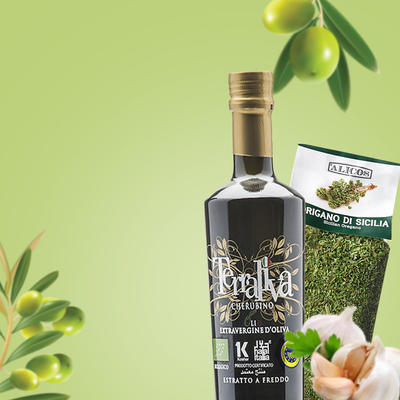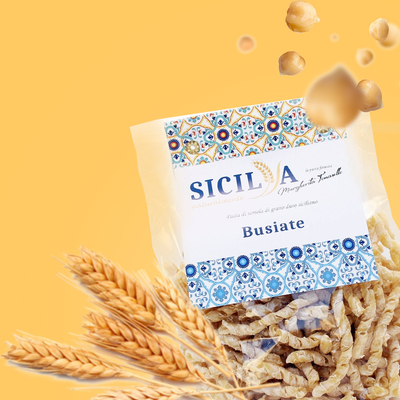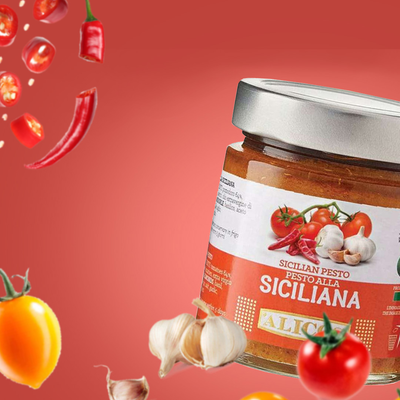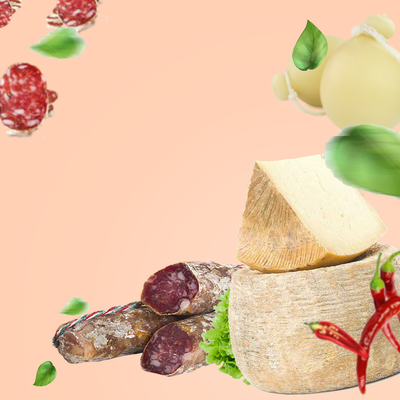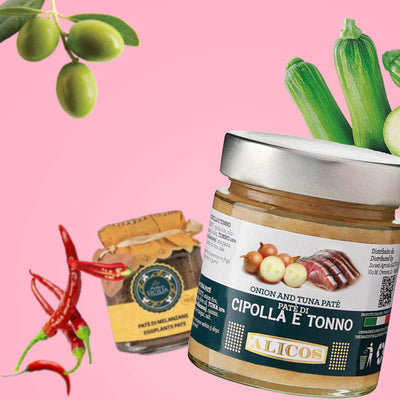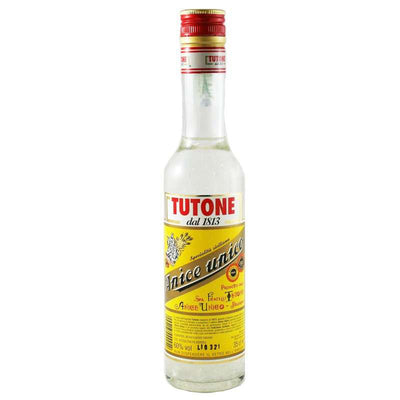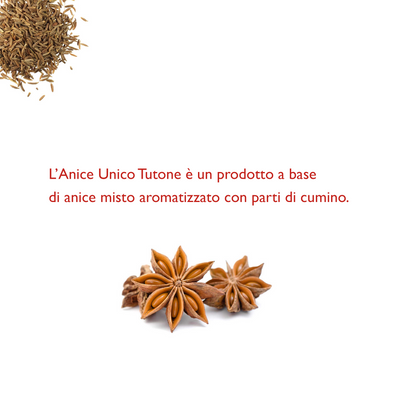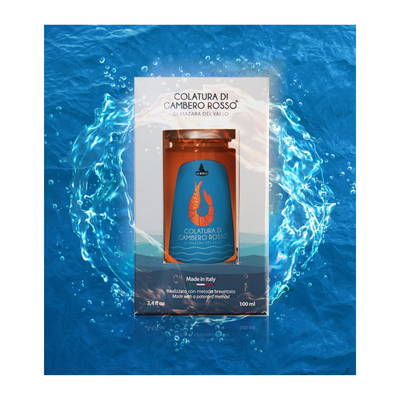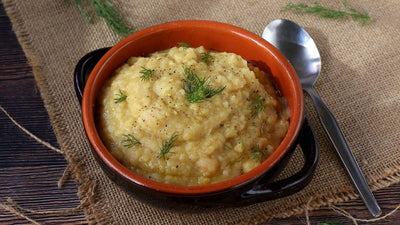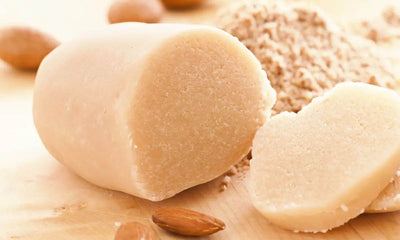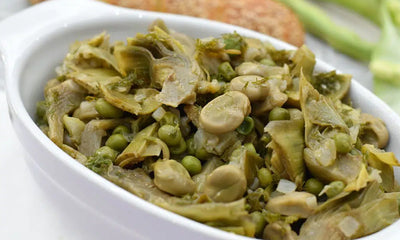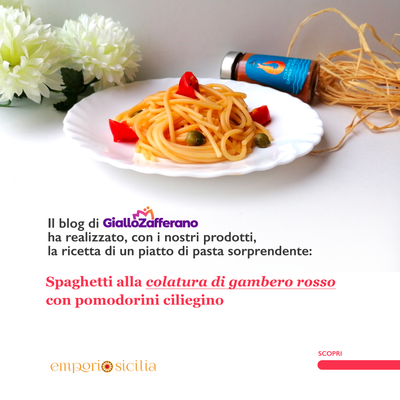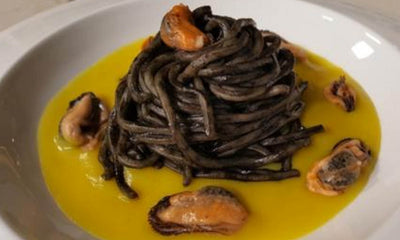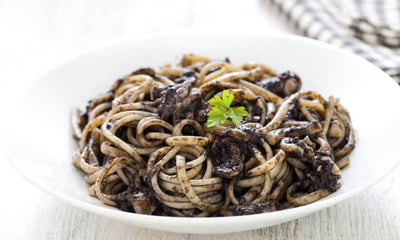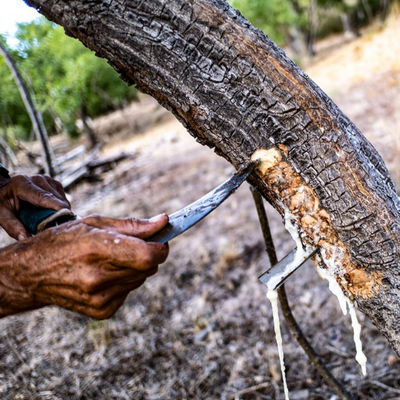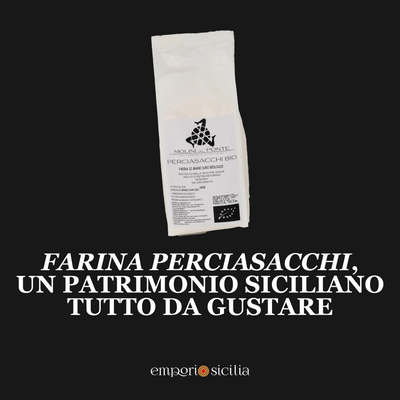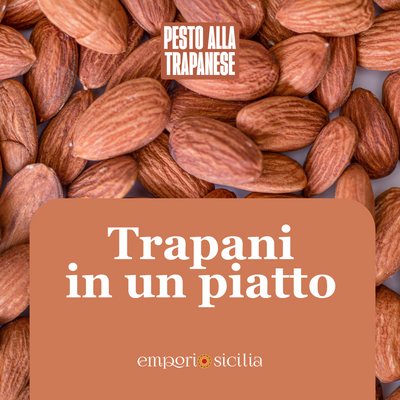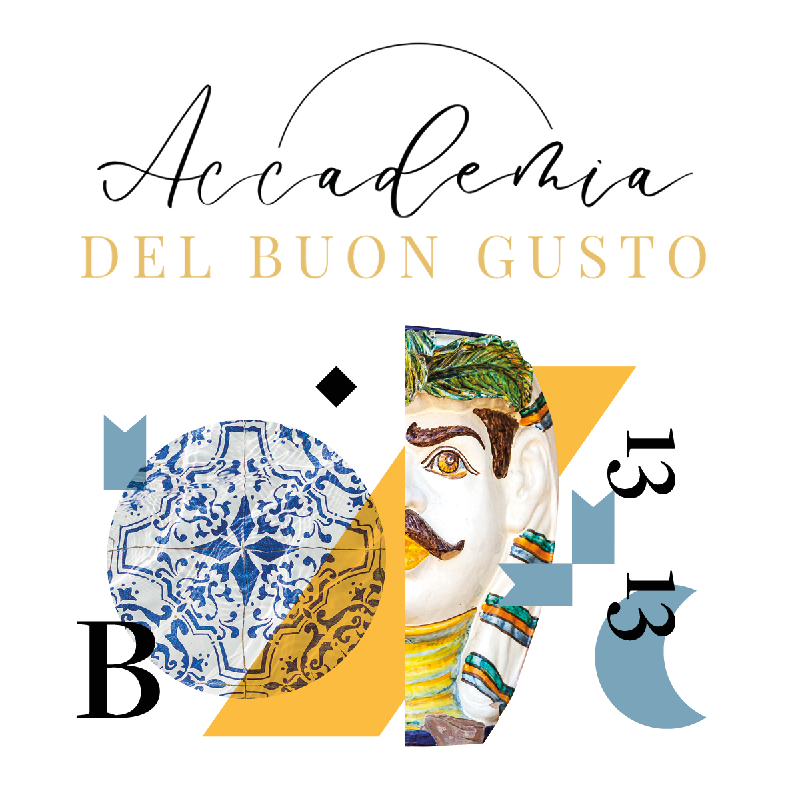Pasta alla norma is almost a religion for the table in Catania. Is there anything more Sicilian than pasta alla norma? A tasty and timeless recipe that manages to bring all the Sicilian sun to the table even on the darkest days.
One of the most loved and popular dishes in the history of our Region: tomato pasta with fried aubergines, grated salted ricotta and basil to give that touch of Mediterranean freshness.
Have you ever wondered what the original recipe is, where it was born and why it is called that? Today we take you on a quick dive into the tradition of the South to discover everything you need to know about pasta alla norma.
Why is it called pasta alla norma? It seems that the dish, born in Catania but quickly spread to the rest of the island, was so named by the Sicilian playwright Nino Martoglio who, won over by the goodness of the dish, exclaimed: "Chista è 'na vera Norma!" with a reference to the work of his fellow composer Vincenzo Bellini.
Legend also has it that pasta alla Norma was presented publicly on the evening of the world premiere of Bellini's opera, on 26 December 1831, but more likely the pasta was dedicated to the composer later.
The classic ingredients are: The ingredients for the pasta, a type of "short" pasta, such as rigatoni, the classic aubergine, peeled tomatoes, salted ricotta, garlic, basil and extra virgin olive oil.
The most used variations of pasta alla norma, Without leaving our island, are the use of caciocavallo instead of ricotta or adding capers or anchovies.
Furthermore, in the Messina area, some traditional recipes hand down the use of baked ricotta instead of the savory one, given that the city's dairy tradition is more linked to that cheese. The only source of agreement is the type of pasta to be used: always and only short pasta.



